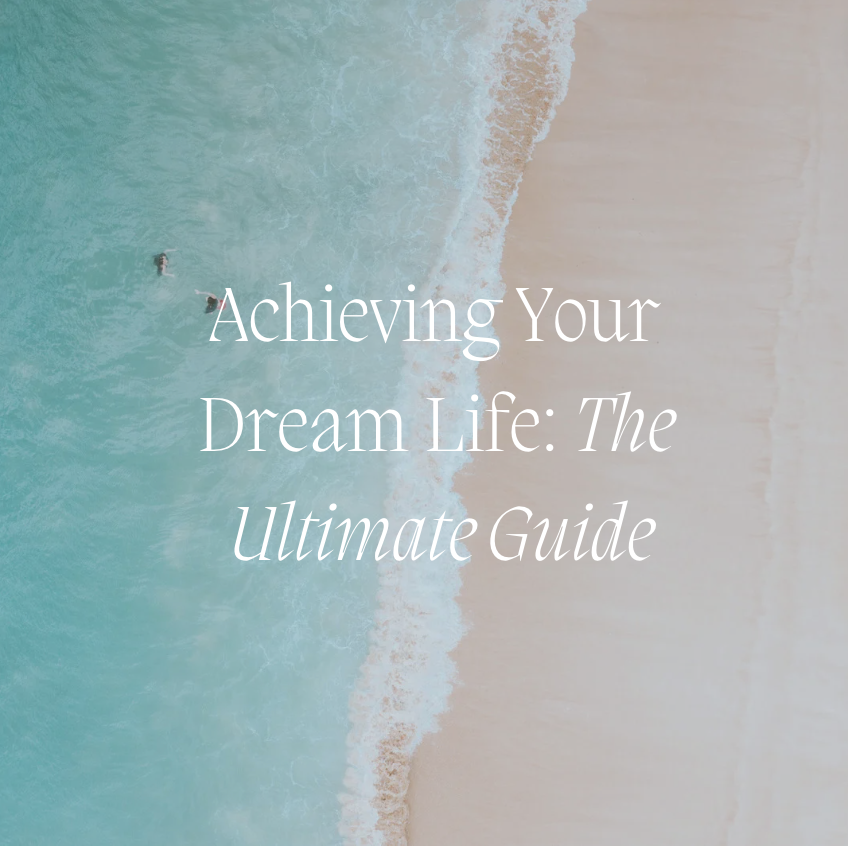The Psychological Component of Return to Sport Physical Therapy.
- John Allan Furgeson

- Apr 27, 2024
- 3 min read

Introducing Physical Therapist to be John Allan Furgeson.
My name is John Allan Furgeson Jr. I am a 2nd year physical therapy student at the University of Maryland Eastern Shore. I received my bachelor's degree from McDaniel College in Kinesiology. I also have my strength and conditioning certification from the NSPA. Outside of school, I am a football and wrestling coach at Parkside High School in Salisbury, MD. Moreover, I run an instagram called League Trauma where I create videos covering professional sports injuries and their likely plan of care following the injury. Thank you SoulStone for having me, and I am super excited to talk about a topic that is very underappreciated across most of the healthcare field.
Instagram- @Furgylicious & @League Trauma
____________________________________________________________________________
As healthcare providers, we need to ask ourselves: are we treating the individual or just the diagnosis? I know there are some great physical therapists out there who are crushing it in this realm, but we hear it all the time that some PTs are neglecting the therapist part of physical therapy. Athletes come to us in a vulnerable position. This may be the first time they have missed a season or substantial time away from a sport they love. And I say "love" because many athletes, young athletes especially, find their identity in sports. My goal for the rest of this post is to highlight the importance of going beyond the diagnosis, and treating each athlete with individualized care.
"Athletes come to us in a vulnerable position"
I was reading an article the other day by Wilk et al., and they mentioned that following an arthroscopic labral repair, 92.3% of patients were satisfied with their experience of physical therapy; however, only 49.5% of these same patients were able to return to sport at the same level prior to injury. Now, what does this tell us? To me, the most obvious takeaway is that although objective measures were met and protocol was followed, the subjective part of the individual was not treated properly. Another takeaway is our return to sport testing could use some improvements. The standard hop tests for ACL rehab cannot tell us how this athlete will react when an opposing player is running full speed at them.
In my opinion, the answer to the problem is not one dimensional. Throughout the entire plan of care, the treatment session should match the individual’s presentation on that day. Yes, we are trained to use our clinical judgment skills to gauge whether the athlete is being lazy or actually is struggling today; however, we cannot be “hard headed” when it comes to the treatment intensity and volume as negative sequelae are bound to occur.
The dynamic biopsychosocial cycles of post sport injury response and recovery framework highlights a number of consequences of a negative psychological response to injury. One that stuck out to me was adherence to the rehabilitation program. This reminds me of the importance of building confidence in the athlete by proper programming of treatment. But also, we cannot forget to make rehab fun.
I have coached a lot of young athletes in my career, and rule number one of exercise prescription for this population is to make it fun. Anecdotally speaking, retention rates are closely related to the amount of fun these athletes have. Some tips for creating a fun treatment plan can include functional training, keeping exercises fresh, and making exercises interactive.

Three main takeaways:
Listen to your athletes. Do not let a missed subjective comment delay the recovery timeline. Build that rapport with patients in order for them to feel comfortable to provide feedback on how they are feeling.
Leave your ego at the door. Do not make the treatment session about you. You are not there to receive physical therapy.
Have fun. I am young in the field, but I am reminded every day as to why I chose to pursue physical therapy. It is such an honor to build relationships with patients and see them achieve their goals throughout their plan of care.
Thank you so much for reading this post. Feel free to ask any questions, and I would
love to answer them.
____________________________________________________________________________
References:
Andreas Ivarsson, Ulrika Tranaeus, Urban Johnson & Andreas Stenling (2017) Negative psychological responses of injury and rehabilitation adherence effects on return to play in competitive athletes: a systematic review and meta-analysis, Open Access Journal of Sports Medicine, , 27-32, DOI: 10.2147/OAJSM.S112688
Kevin E Wilk, et al. (2020) Return to sport participation criteria following shoulder injury: A clinical commentary. International journal of sports physical therapy vol. 15,4, 624-642.




Comments